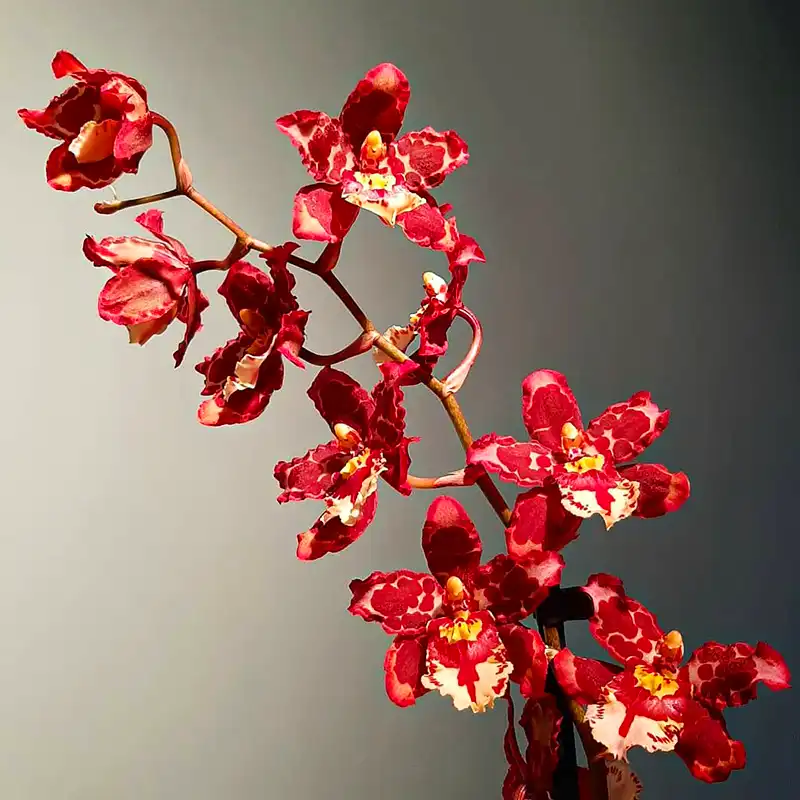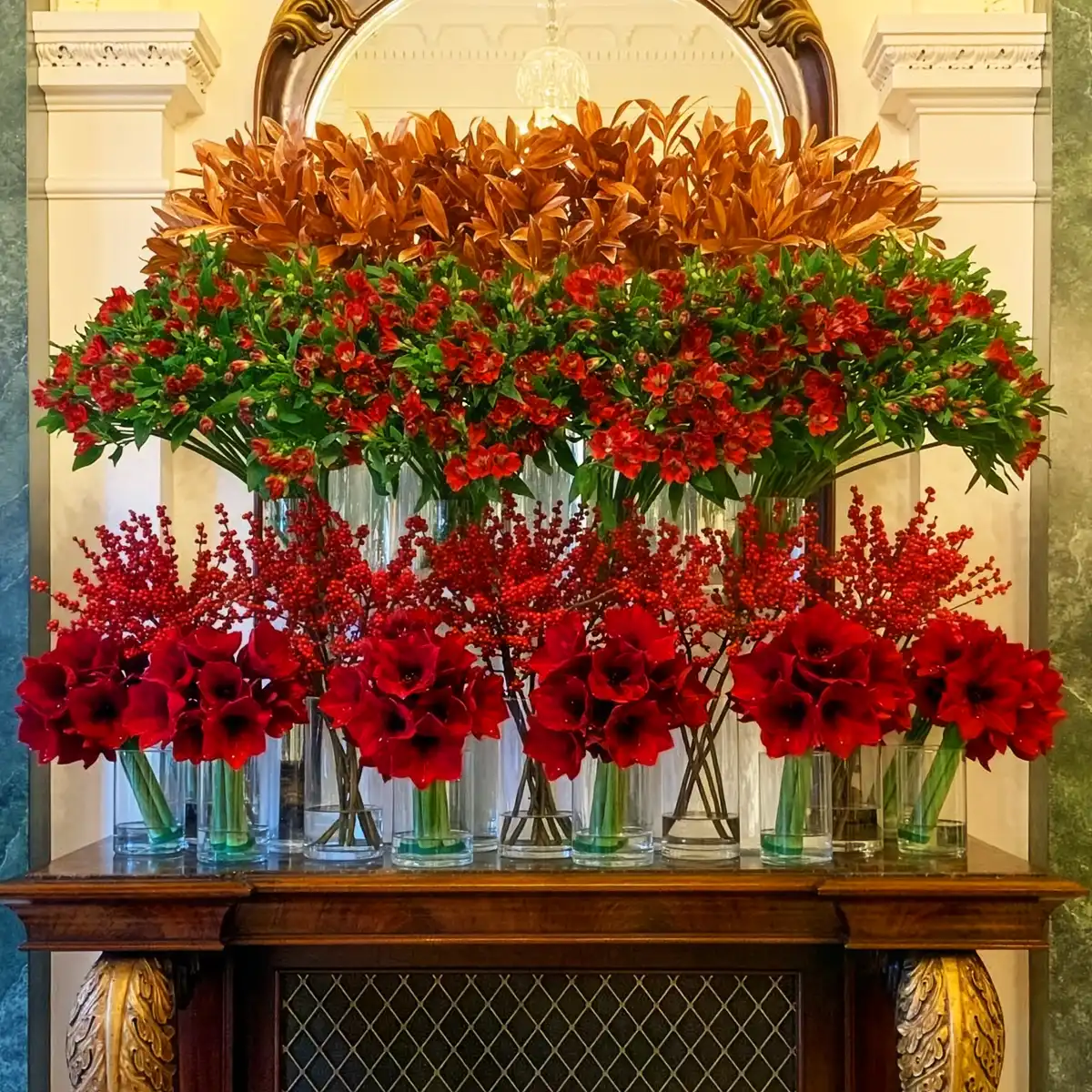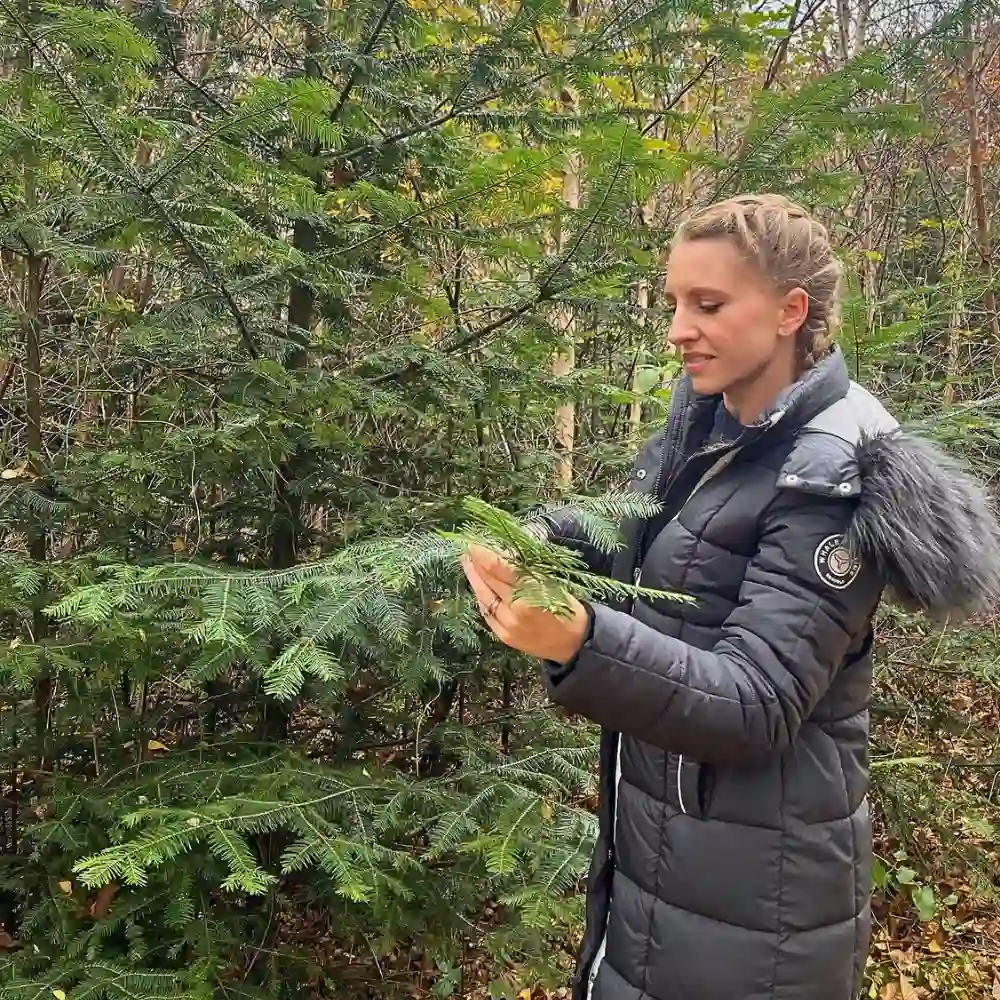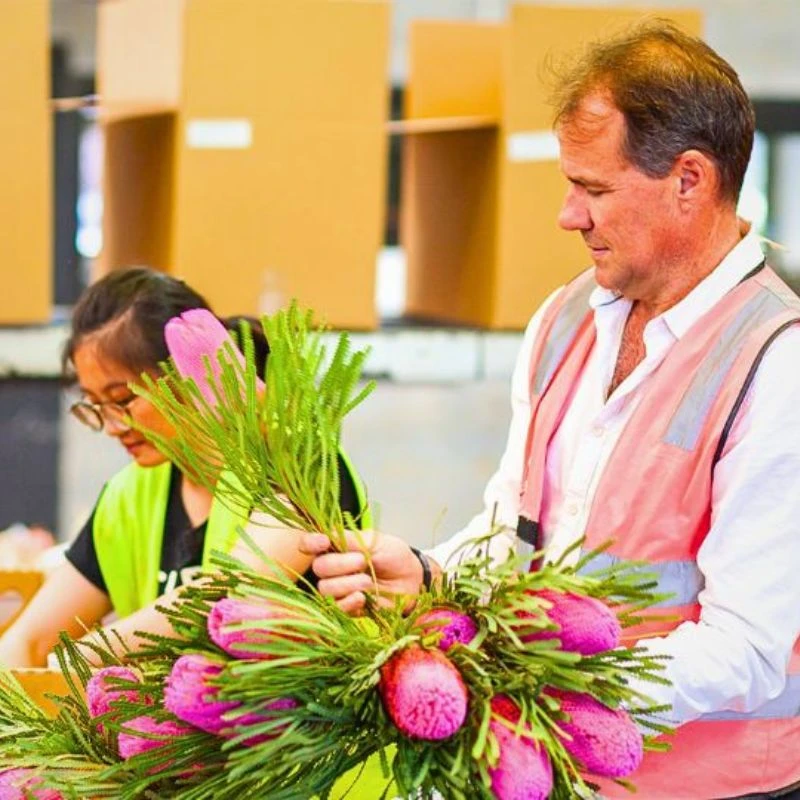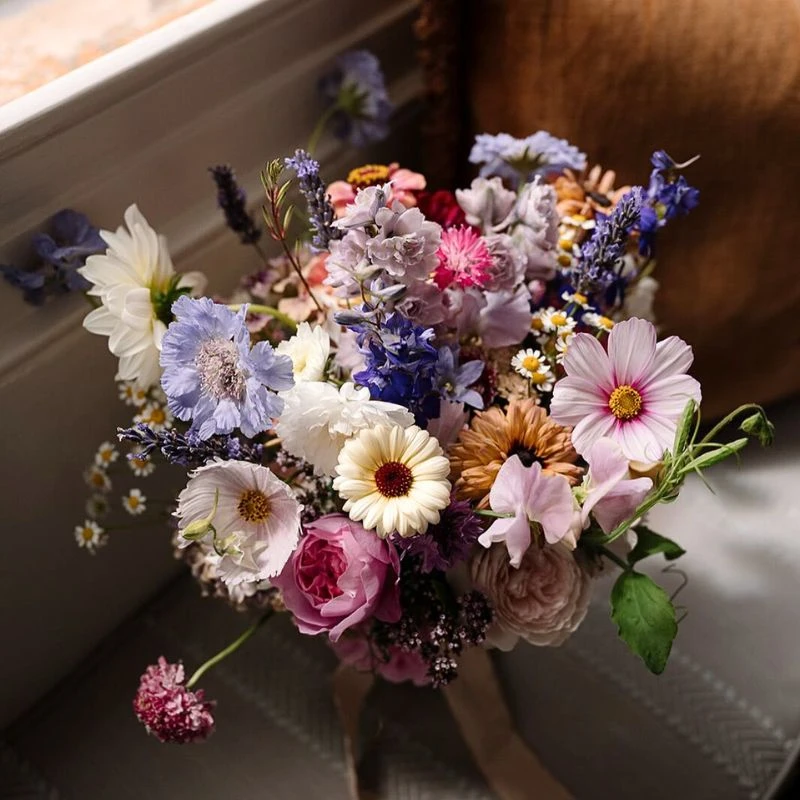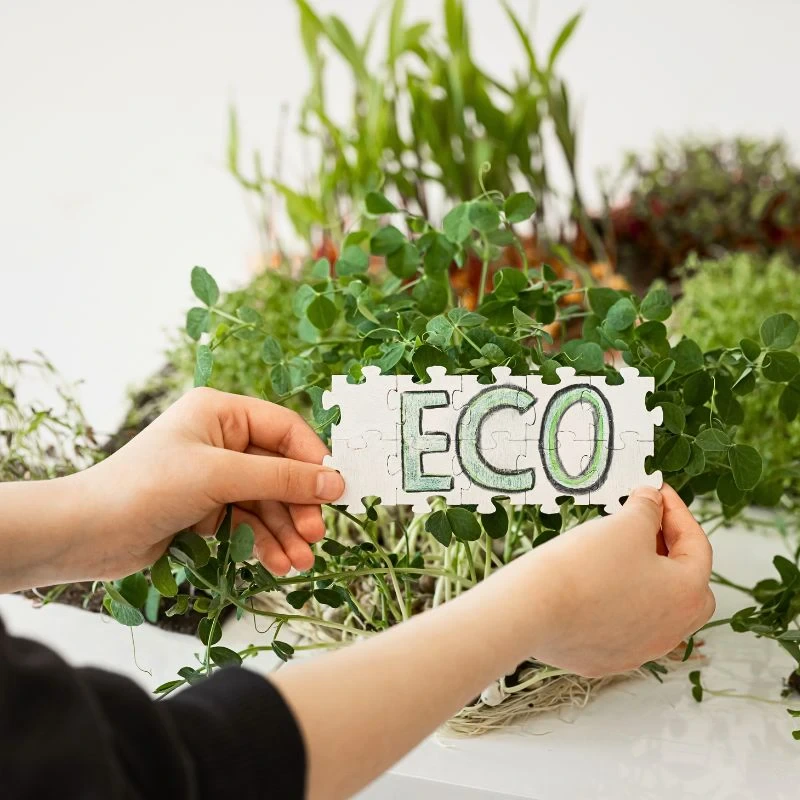Which is better when it comes to flower packaging? Is it paper or plastic? Well, for starters, this is quite a difficult question to answer forthrightly. Nowadays, many people ask for paper and cardboard solutions instead of plastic ones. But what is the most sustainable packaging? Which packaging is better? A simple question, but not such a straightforward answer, because then, one has to take into account not just the residual flows, but also how it is produced, and from which materials. One cannot just focus on the paper versus plastic debate. They have to look at the entire system.
Of course, the flower industry faces growing pressure to address its environmental footprint. And packaging choices represent a key decision point for businesses seeking sustainable solutions. Recent lifecycle assessments reveal that paper packaging demonstrates superior environmental performance compared to traditional plastic alternatives, while also using renewable resources rather than fossil fuels. But the choice between paper and plastic packaging for flowers involves complex considerations: from transportation requirements, product protection, cost factors, and end-of-life disposal scenarios, which warrant careful examination.
The Case for Paper Packaging
Paper packaging has always been considered the frontrunner in sustainable flower packaging solutions, primarily due to its foundation in renewable resources and superior end-of-life management capabilities. Unlike plastic alternatives that rely heavily on fossil fuels, paper materials derive from wood fibers that can be sustainably harvested and replenished through responsible forestry practices. This fundamental difference in raw material sourcing creates a significant advantage in terms of carbon footprint reduction and resource sustainability.
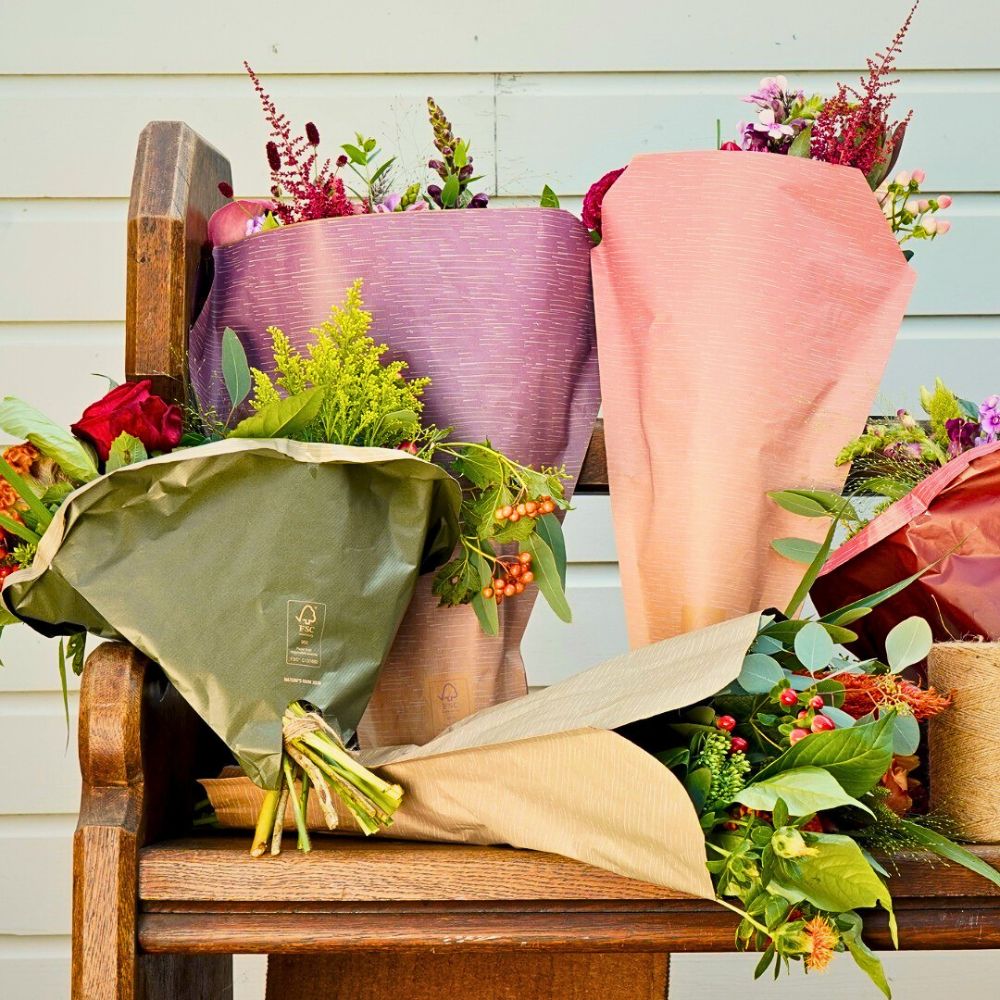
The recycling story particularly favors paper materials, with lifecycle assessments demonstrating remarkable circularity potential. When comparing paper void fill systems with commonly used plastic airbags, research shows that paper materials achieve recycling rates exceeding 80%, while energy reclamation accounts for approximately 4.5%, and landfill disposal represents less than 15% of end-of-life scenarios. This contrasts sharply with plastic alternatives, where nearly 75% of materials end up in landfills, highlighting the linear lifecycle that characterizes most plastic packaging.
Recycled paper and cardboard options provide additional environmental benefits by reducing the demand for virgin materials and contributing to circular economy principles. These materials offer versatility in design applications, allowing florists to customize packaging with branding elements while maintaining environmental responsibility. The aesthetic appeal of paper packaging also resonates with environmentally conscious consumers who increasingly prioritize sustainable product choices.
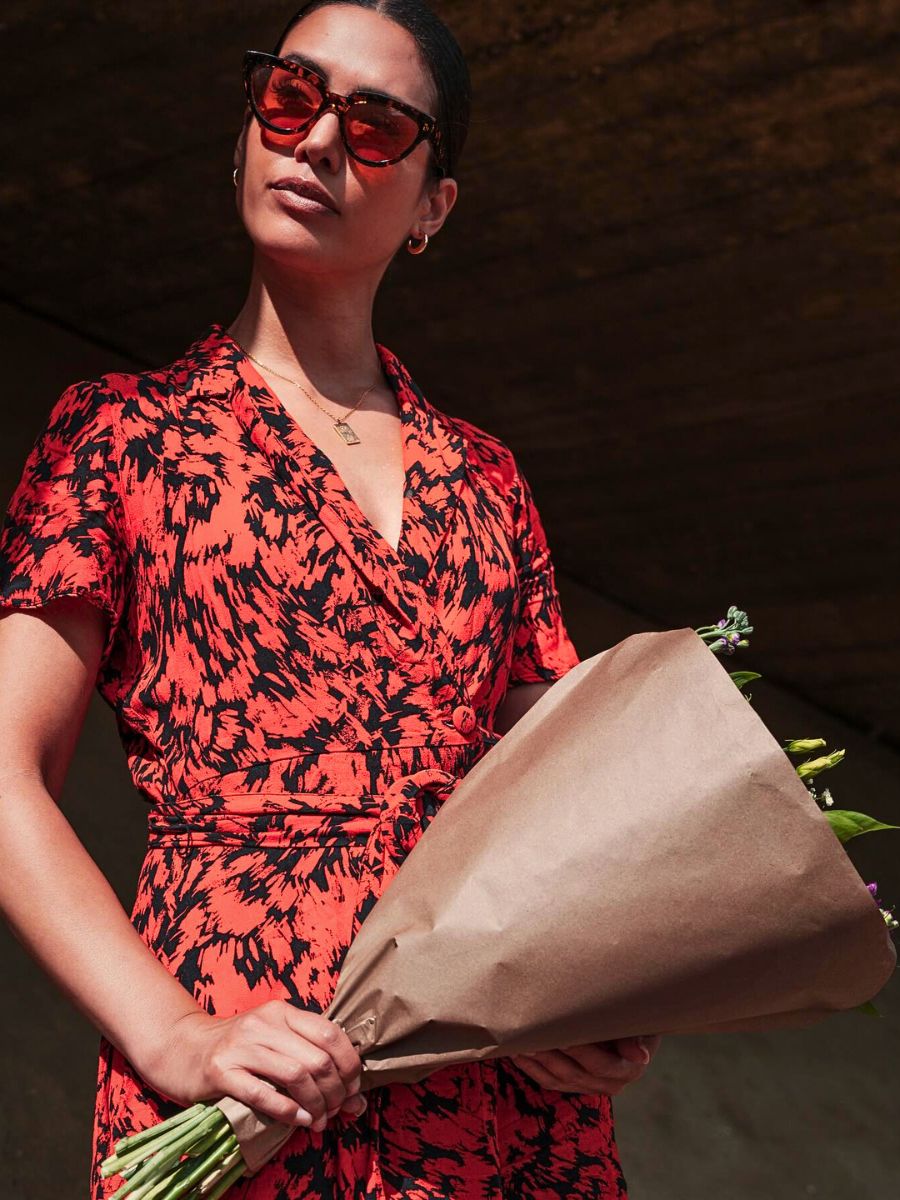
What's more, bamboo, a fast-growing type of grass, is perfectly suitable for making paper. It is compostable, recyclable, and has a sustainable look. In 6-8 months, a bamboo culm reaches its full height and thickness, making it one of the fastest-growing crops for making paper. Like trees, bamboo plants are a renewable resource that absorbs CO₂. They are also biodegradable and can be used as bioenergy. Their fiber is also flexible, and the paper made from them is just as perfect.
Plastic Packaging Considerations
Despite environmental concerns, plastic packaging maintains certain practical advantages that cannot be dismissed entirely. Traditional plastic materials offer superior moisture resistance and durability during transportation, which proves essential for maintaining flower quality throughout extended shipping processes. This protection capability becomes particularly important for floral businesses that ship fresh seasonal flowers and require packaging that maintains product integrity during transit.
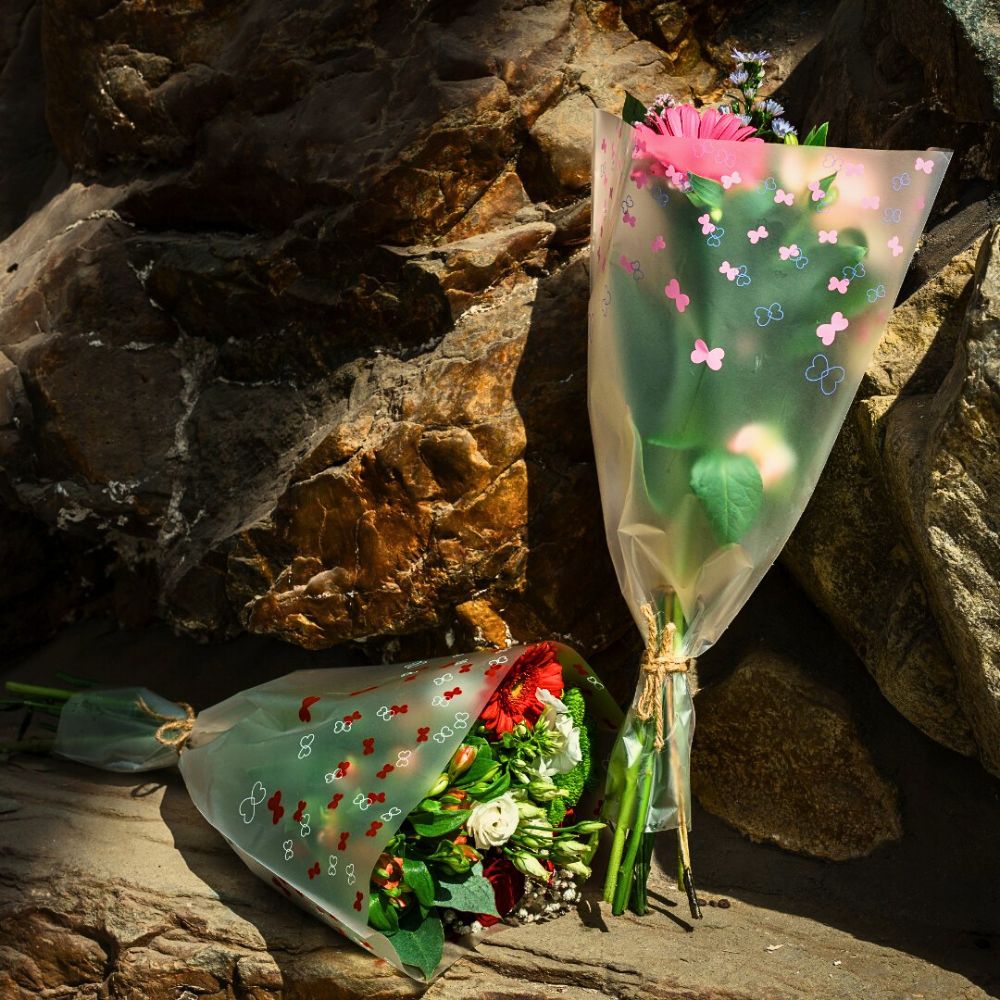
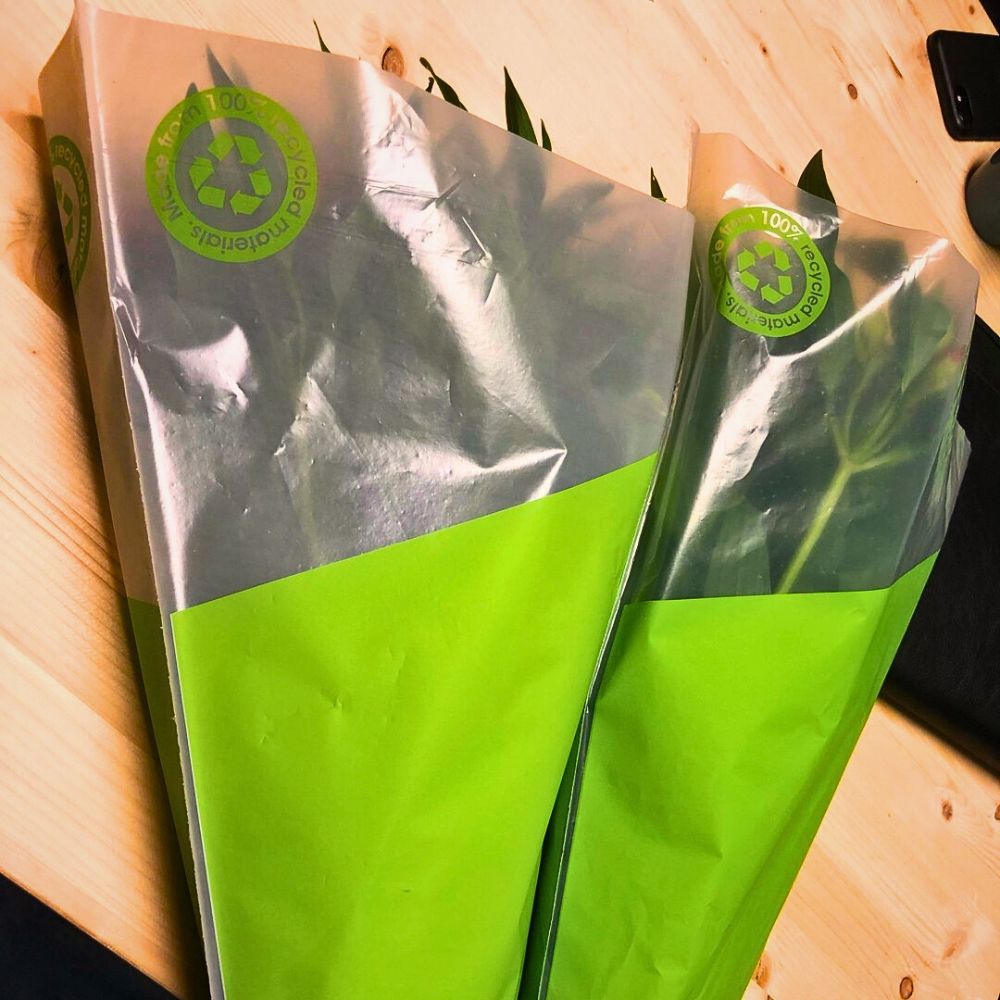
Recent innovations in plastic packaging have introduced more sustainable alternatives that partially address environmental concerns. Biodegradable sleeves made from PLA (Poly Lactic Acid) represent a significant advancement, utilizing renewable sources like sugar cane and corn rather than fossil fuels. These materials offer industrial compostability, allowing consumers to dispose of packaging in green waste bins alongside organic flower waste, thus addressing the end-of-life disposal challenge that traditionally plagued plastic options.
The incorporation of recycled content in plastic packaging demonstrates another approach to sustainability improvement. Lifecycle assessments of flower sleeves reveal that crystal clear cast polypropylene (CPP) sleeves with 40% recycled content and low-density polyethylene (LDPE) sleeves with similar recycled content show measurably reduced environmental impacts compared to virgin plastic alternatives. While these improvements do not match the environmental performance of paper options, they represent significant progress within the plastic packaging category.
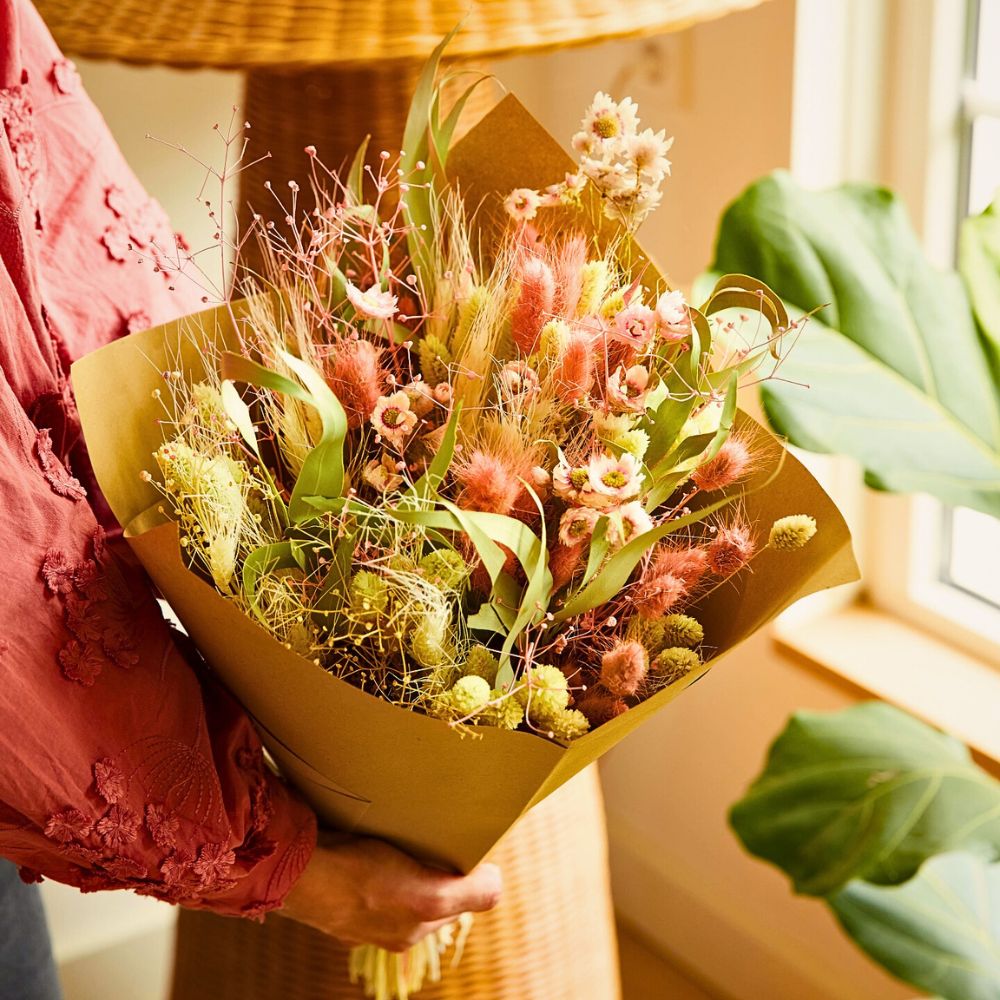
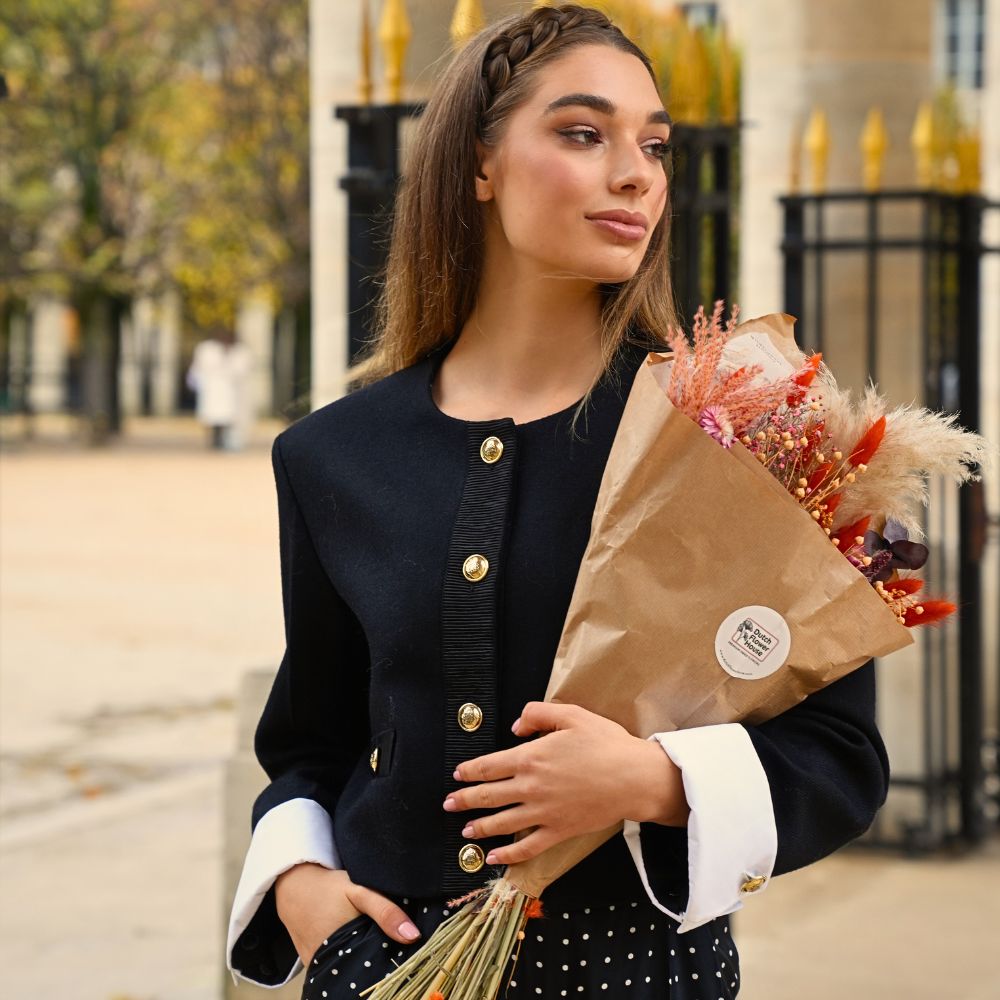
Practical Implementation of Sustainable Packaging Solutions
The practical implementation of sustainable packaging solutions varies significantly across different flower industry segments. Luttelgeest-based grower Tesselaar Alstroemeria started using unique 100% recycled plastic sleeves for their flowers. According to Karolien Tesselaar, who runs the business alongside her husband Rick, these sleeves are essential in that, other than enhancing the sustainability aspect, they also protect the flowers from damage, especially during transport.
As Karolien puts it:
“Our sleeve protects our flowers against damage during transport, but is removed fairly quickly by the florists or consumers. It’s just a shame that we use new material for that. We were faced with the choice to switch to 100% recycled plastic. Despite the many developments in the packaging industry, we are a bit of a pioneer”.
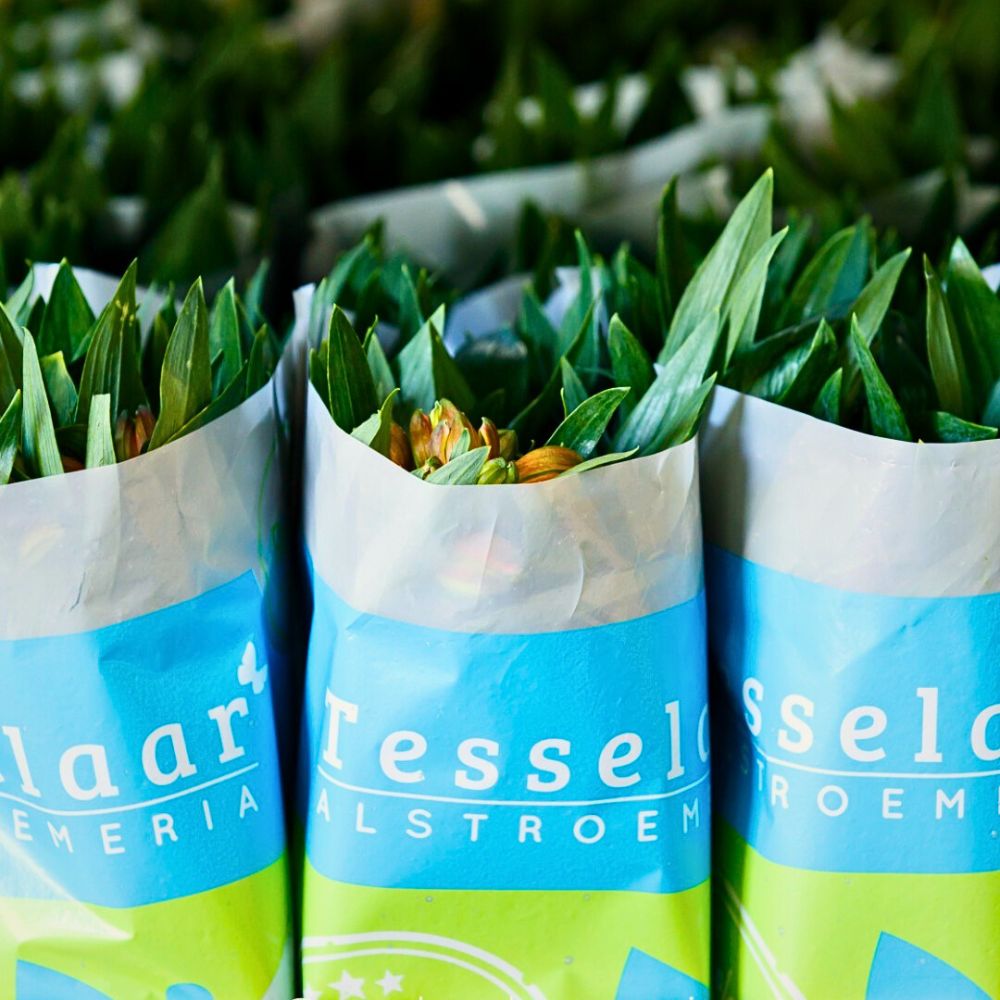
Koen Pack's introduction of biodegradable sleeves also shows how suppliers are responding to industry demands for more sustainable options. Their PLA-based sleeves, printed with water-based inks, exemplify the integration of multiple sustainability considerations into product development. These sleeves maintain the protective properties required for flower packaging while addressing environmental concerns through biodegradability and renewable resource utilization.
Atlas Packaging's collaboration with Flowers by Clowance similarly illustrates the importance of customized packaging solutions that balance protection requirements with sustainability goals. The enterprise developed bespoke paper-based boxes using flexo-printing technology, creating packaging that protects flowers during transport while maintaining a professional appearance and environmental responsibility. This case study shows how businesses can successfully transition to paper-based solutions without compromising product protection or brand presentation.
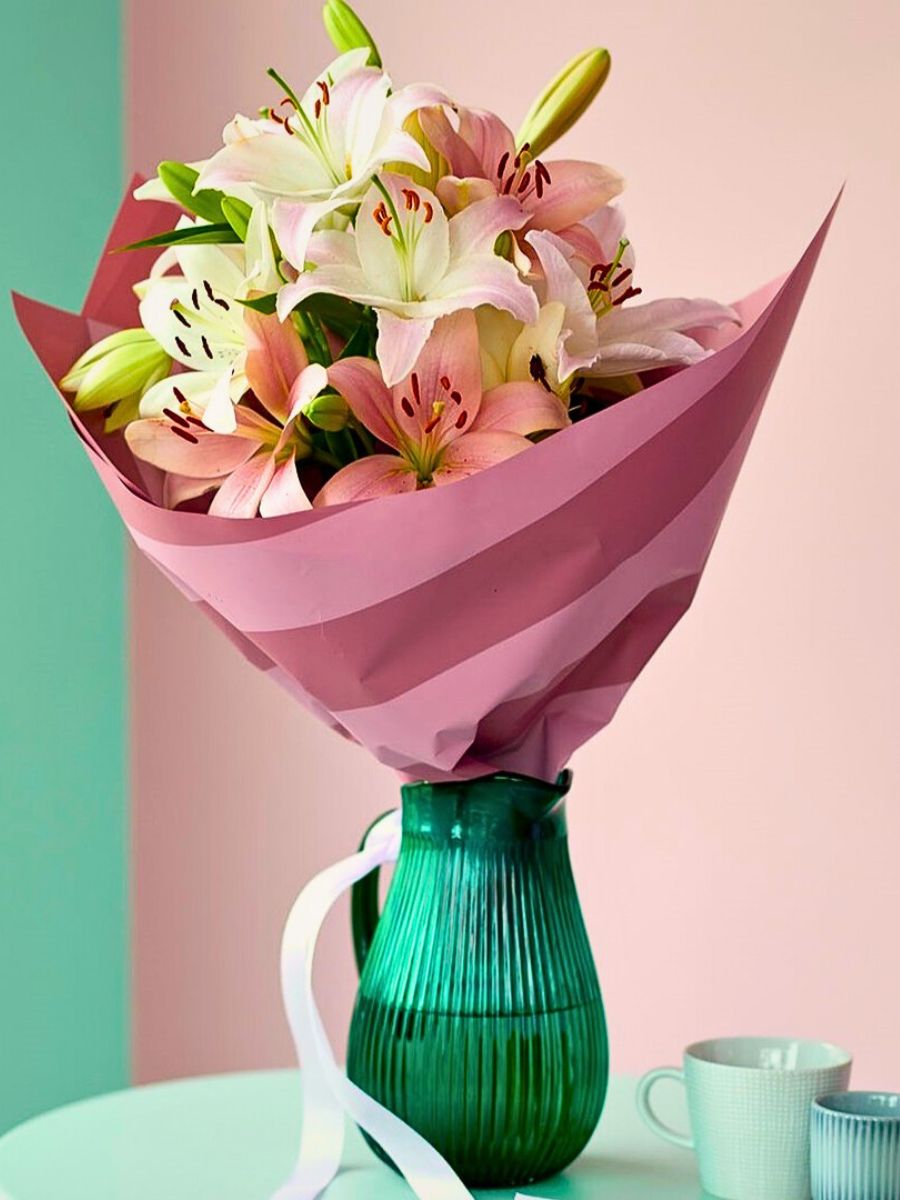
Even still, the broader horticultural industry's shift toward sustainable packaging reflects consumer demand and regulatory pressures. As such, Royal FloraHolland's initiative to provide members with lifecycle assessment data for different packaging materials exemplifies industry-wide efforts to facilitate informed decision-making regarding environmental impacts. This approach enables individual businesses to evaluate packaging options based on comprehensive environmental data rather than assumptions or limited information.
Comparative Environmental Analysis
Comprehensive lifecycle assessments reveal significant differences in environmental performance between paper and plastic packaging options. Paper materials consistently demonstrate lower fossil fuel consumption, with plastic alternatives using 143% more fossil fuels than comparable paper products. This disparity stems from the fundamental difference in raw material sources, with paper traditionally using renewable wood fibers while plastics depend on petroleum-based inputs.
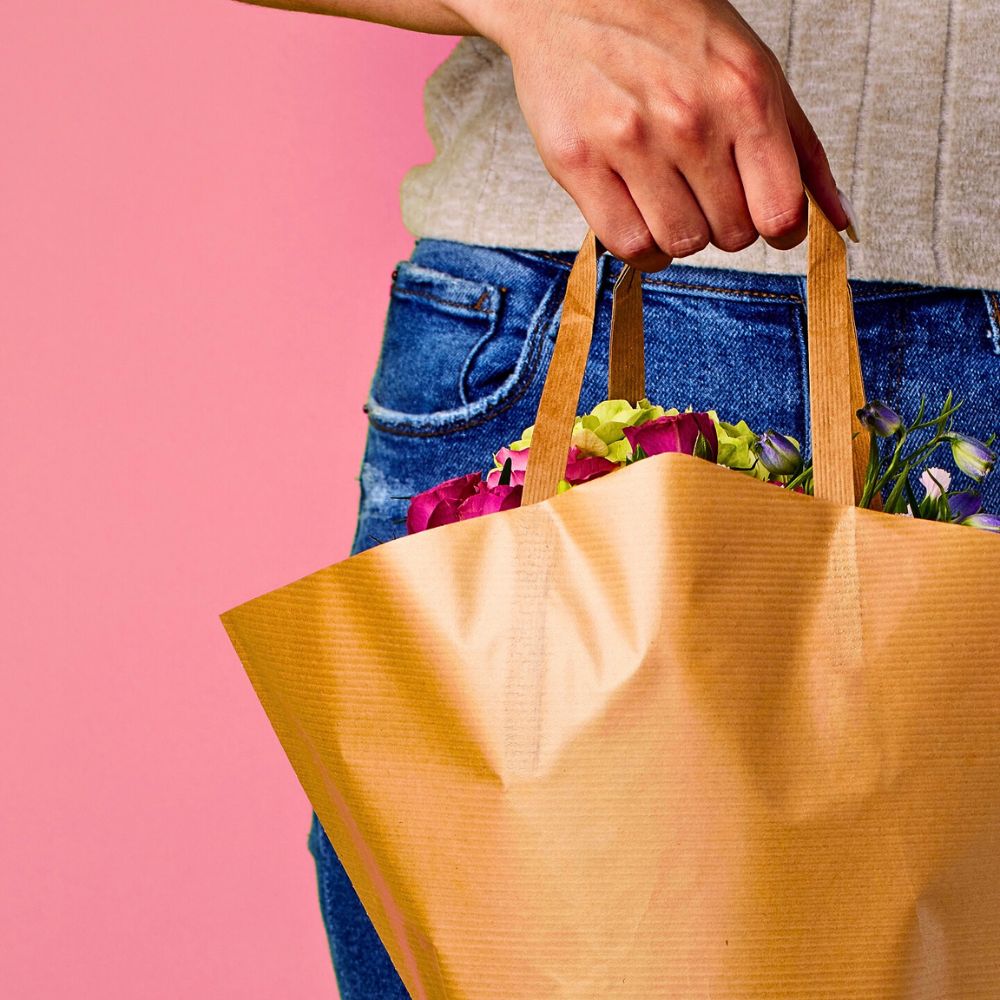
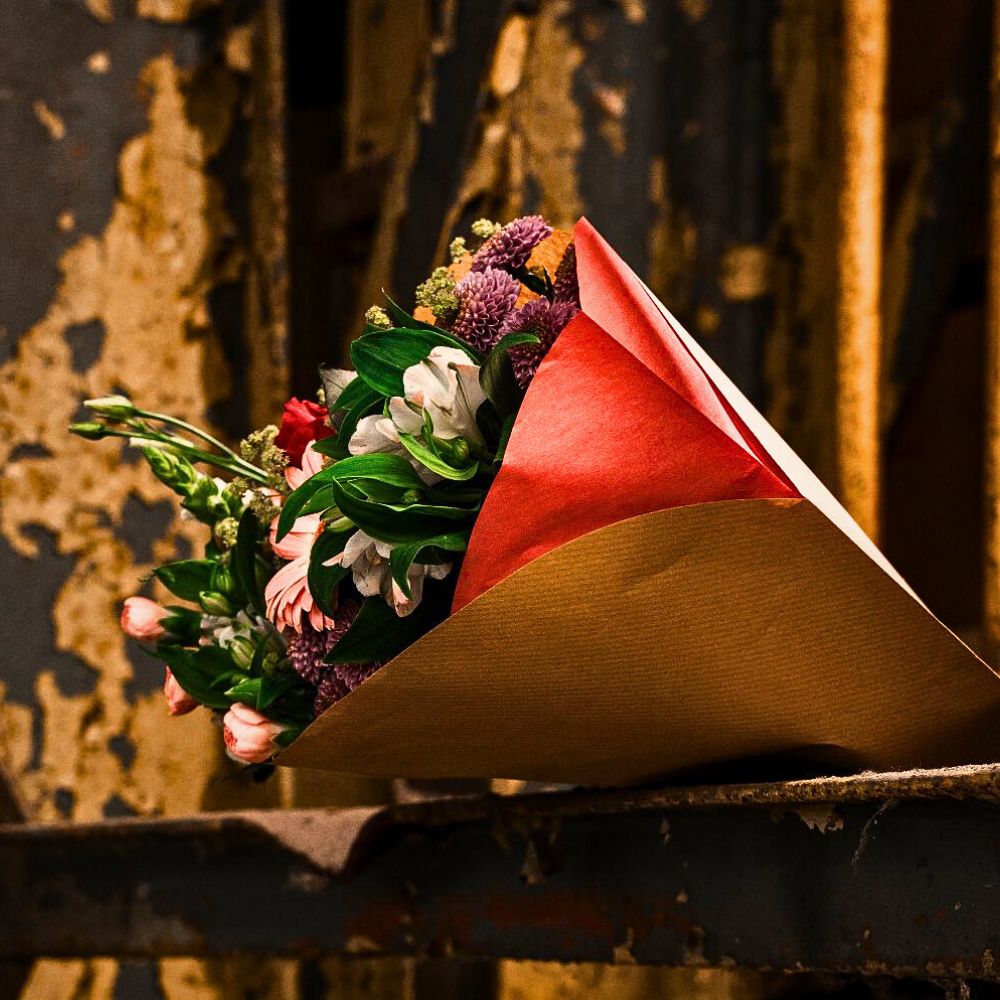
The global warming potential of different packaging materials varies considerably based on material composition and end-of-life scenarios. Research indicates that virgin LDPE sleeves generally produce higher carbon emissions than recycled content alternatives, while paper options maintain relatively stable environmental performance regardless of virgin or recycled content. However, the specific end-of-life treatment significantly influences overall environmental impact, with sorted recycling scenarios providing more substantial impact reduction than recycled content incorporation.
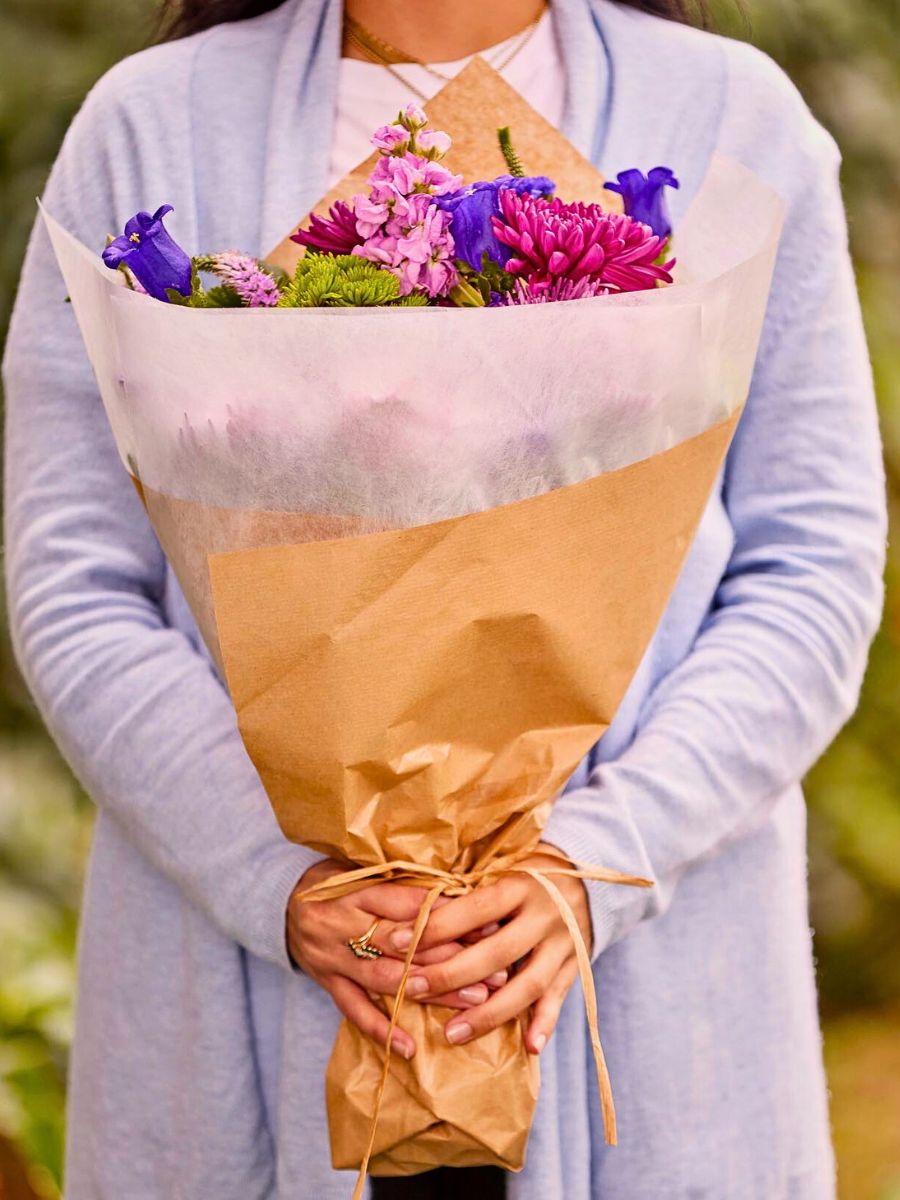
Water consumption and chemical usage represent additional environmental considerations that favor paper packaging. The production of plastic materials often involves more intensive chemical processes and greater water usage compared to paper manufacturing, particularly when considering sustainable forestry practices that support biodiversity and watershed protection.
Strategic Recommendations and Future Directions
The evidence strongly supports paper packaging as the preferred choice for environmentally conscious flower businesses, particularly when considering long-term sustainability goals and consumer preferences. However, successful implementation requires careful attention to design optimization, moisture protection strategies, and cost management to ensure practical viability.
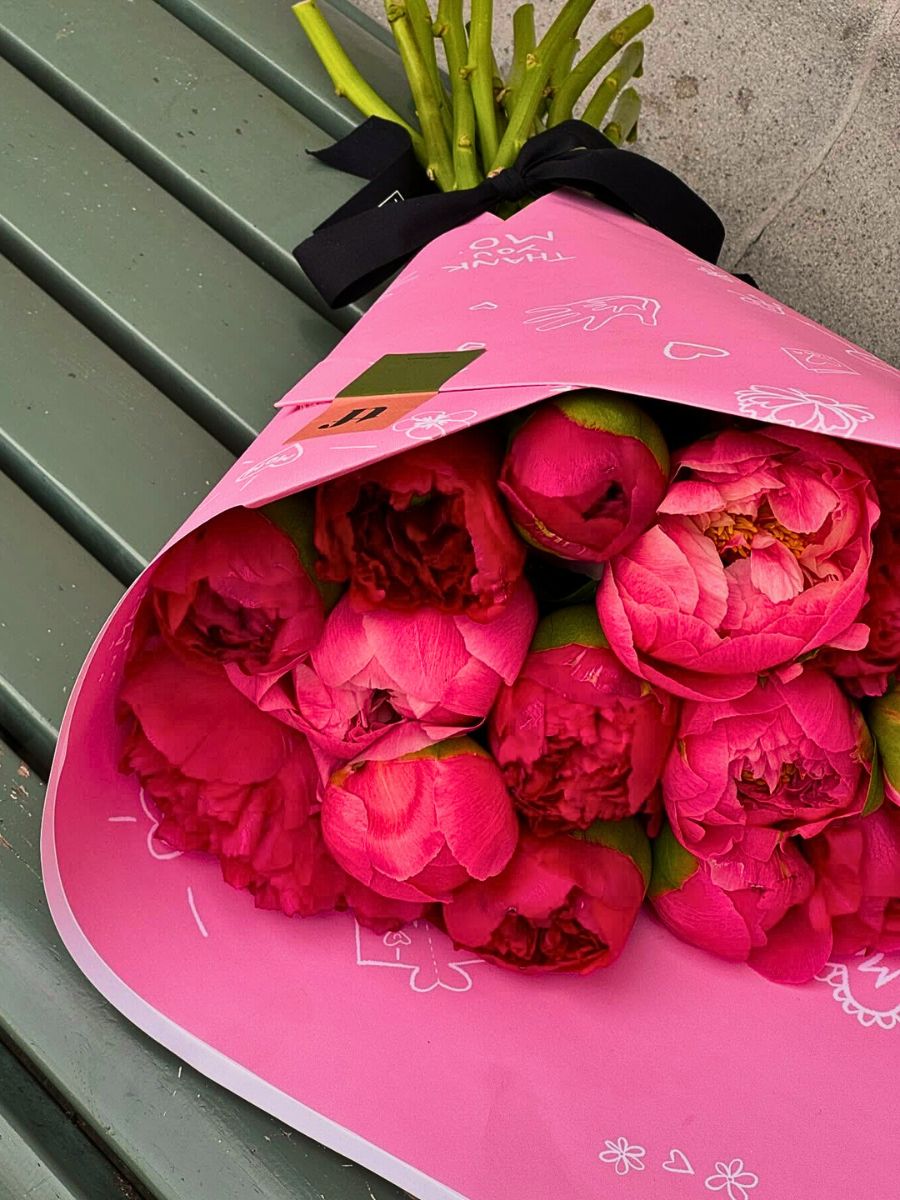
Floral businesses should, therefore, consider prioritizing paper-based packaging solutions while exploring hybrid approaches that combine paper materials with minimal plastic components only where essential for product protection. The integration of recycled content in any plastic components used can provide significant environmental improvements while maintaining necessary functional properties.
For those currently using plastic packaging, the transition to sustainable alternatives should follow a phased approach that considers supply chain capabilities, customer requirements, and cost implications. Investing in biodegradable plastic alternatives like PLA-based sleeves can be an intermediate step toward complete sustainability while maintaining existing packaging infrastructure and processes.

As such, the flower industry's sustainable packaging future lies in continued innovation that prioritizes renewable materials, circular economy principles, and comprehensive lifecycle thinking. As consumer awareness and environmental regulations continue to evolve, businesses that proactively adopt sustainable packaging solutions will be better positioned for long-term success while contributing meaningfully to environmental conservation efforts.
Feature image by Dutch Flower House, header image by @decowraps_eu.


